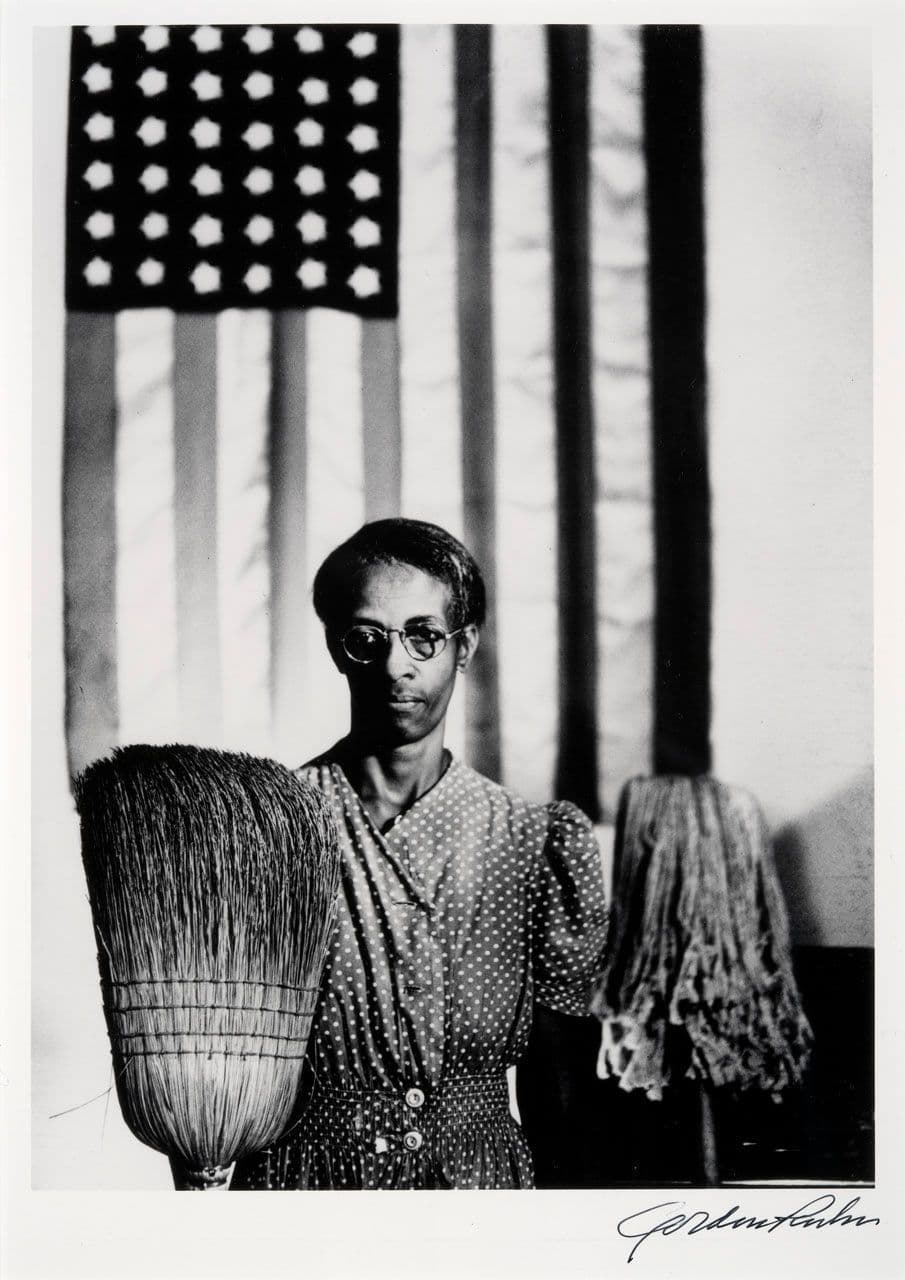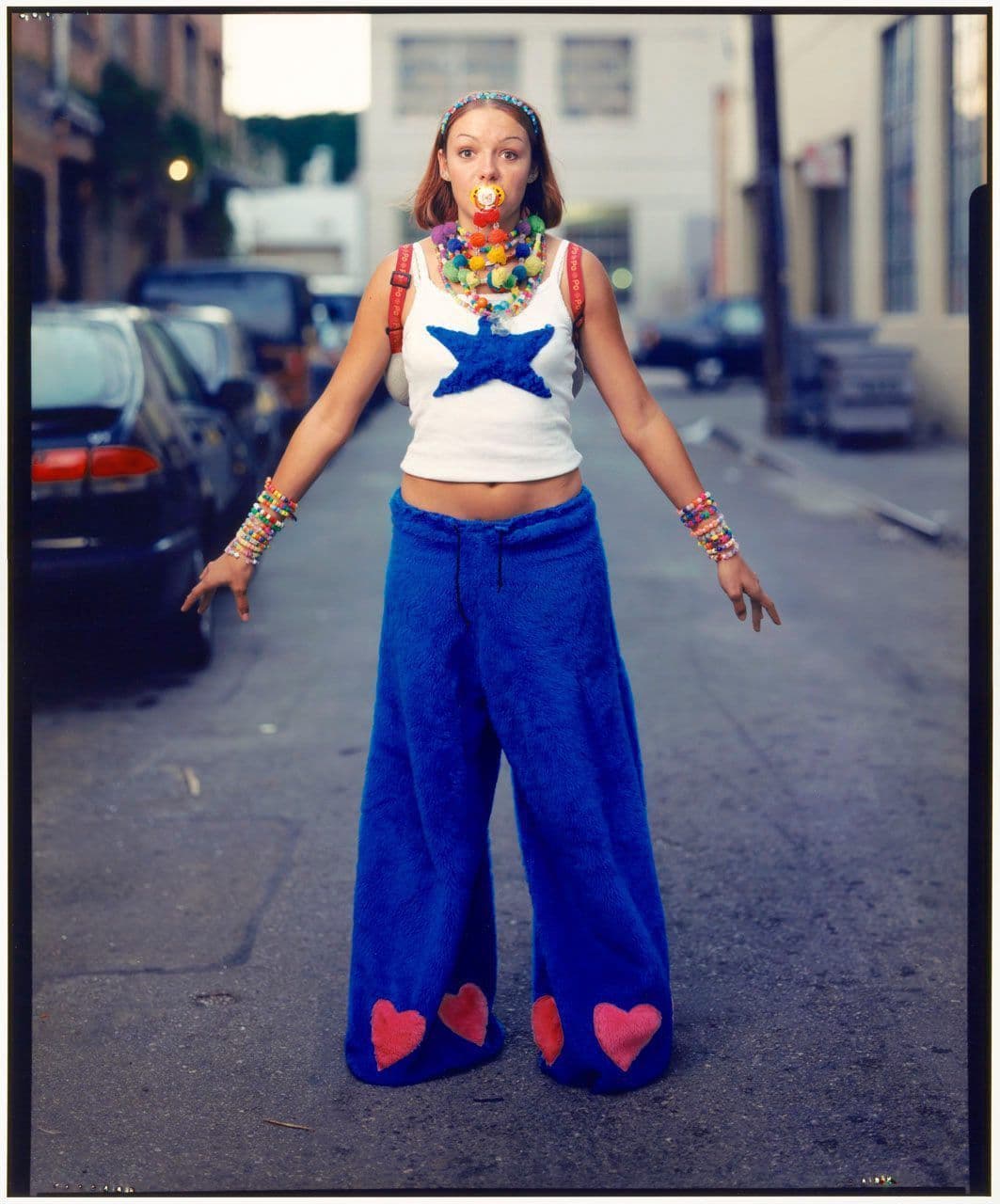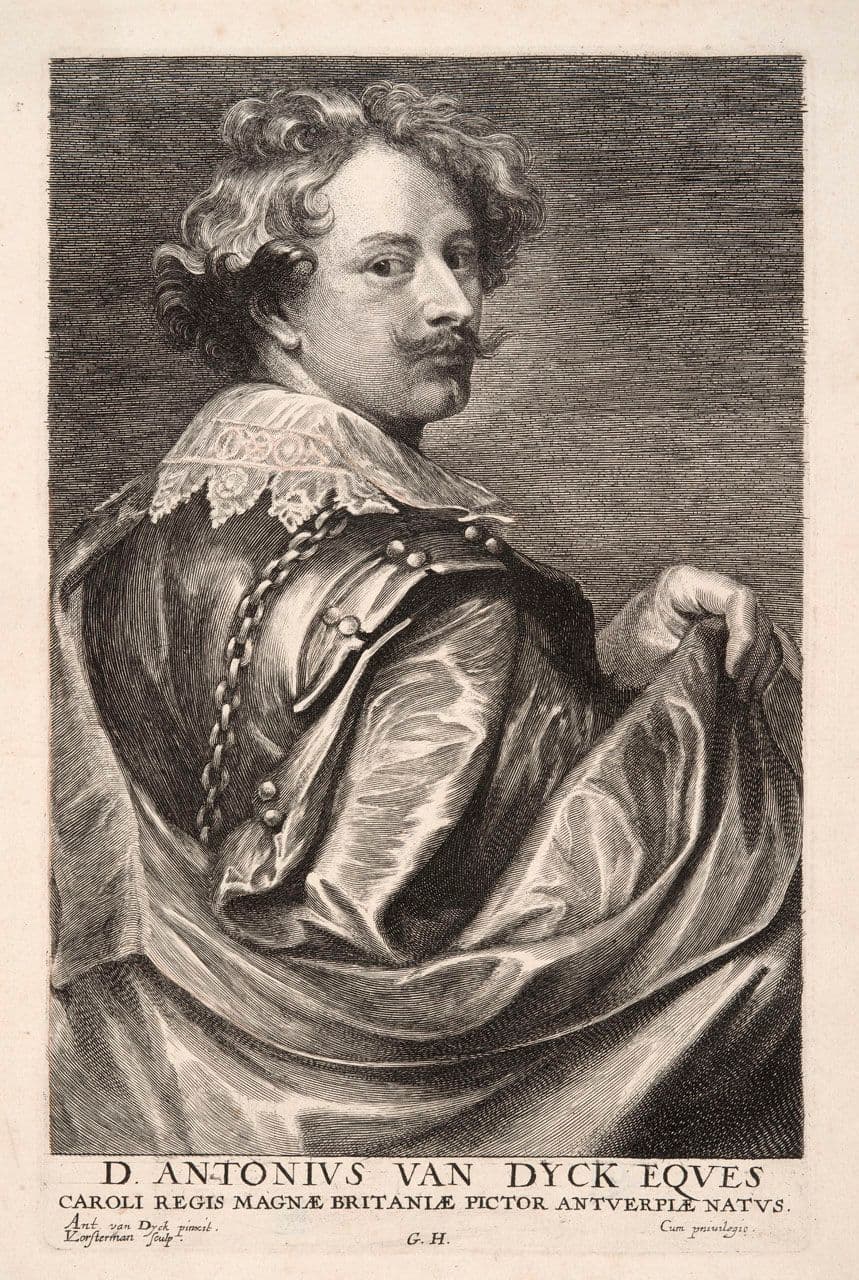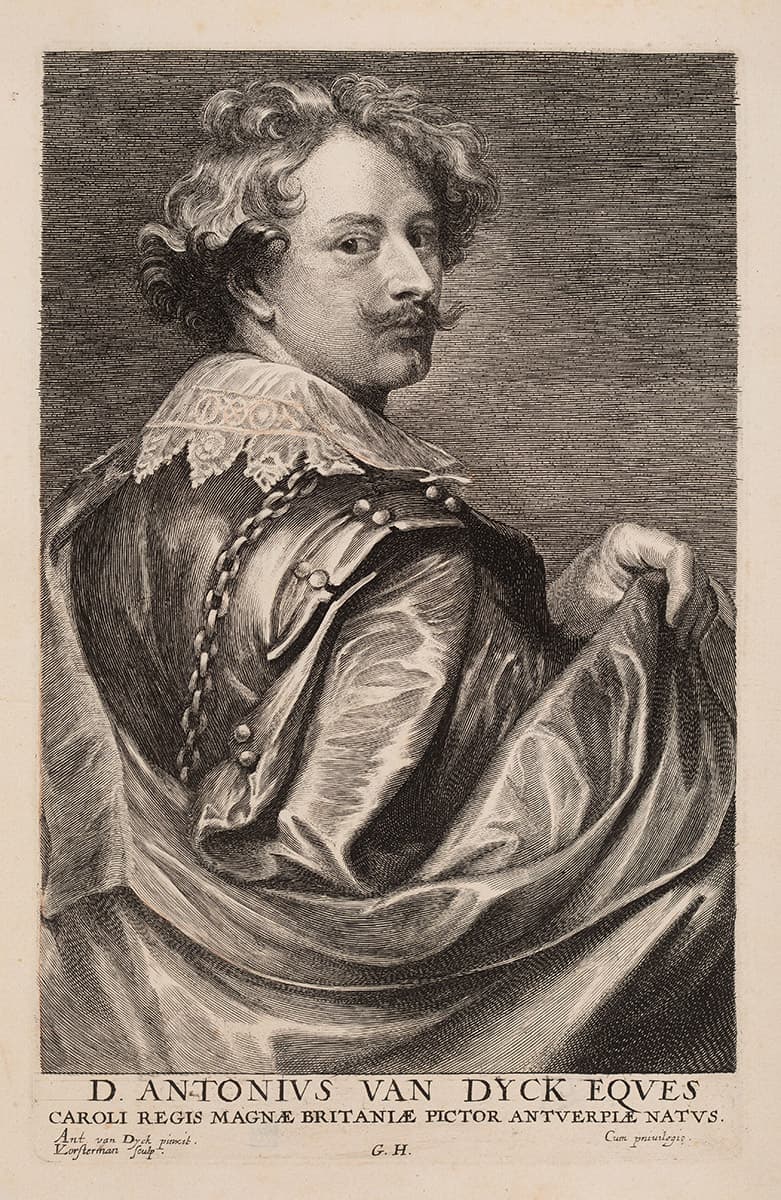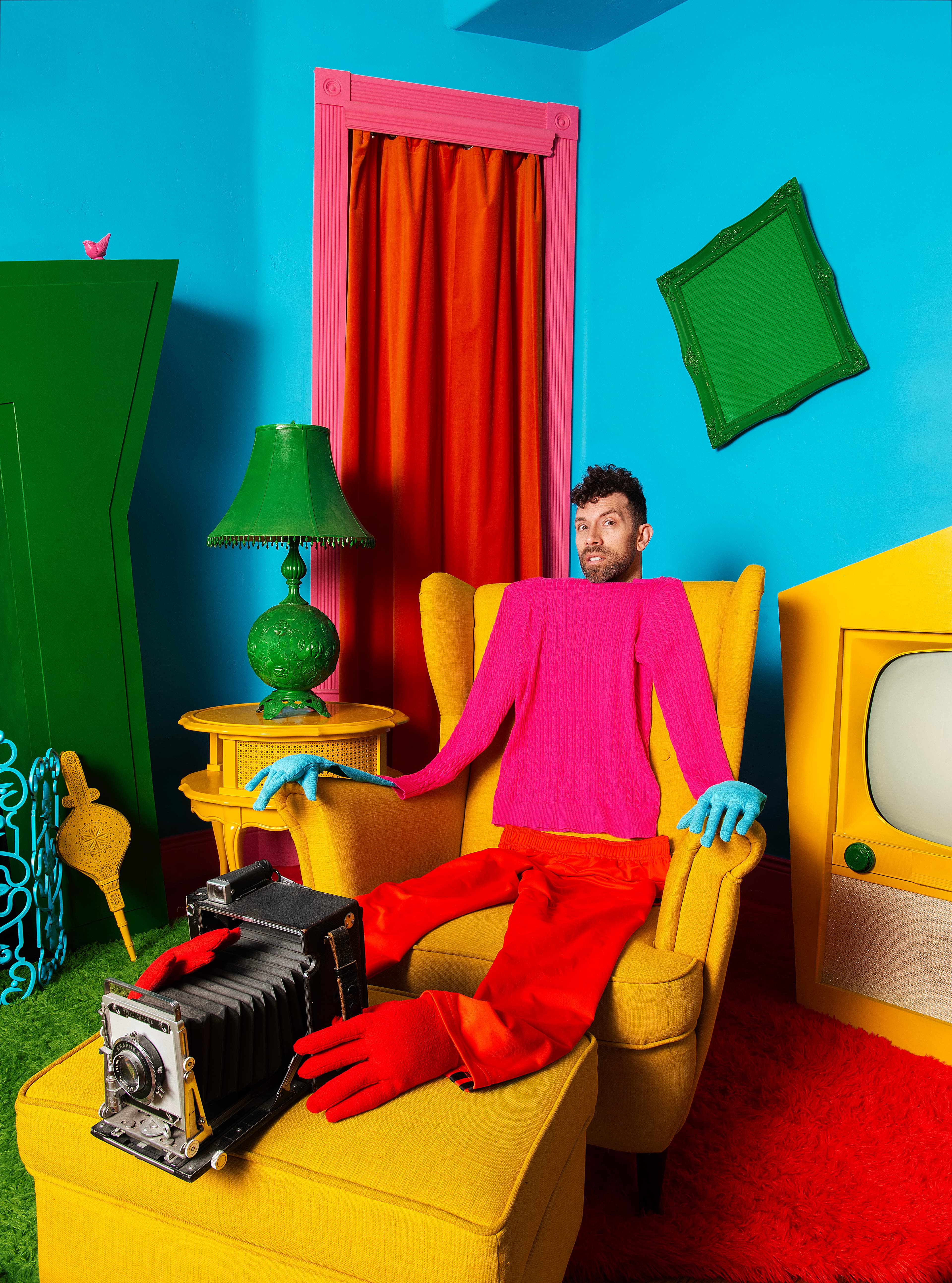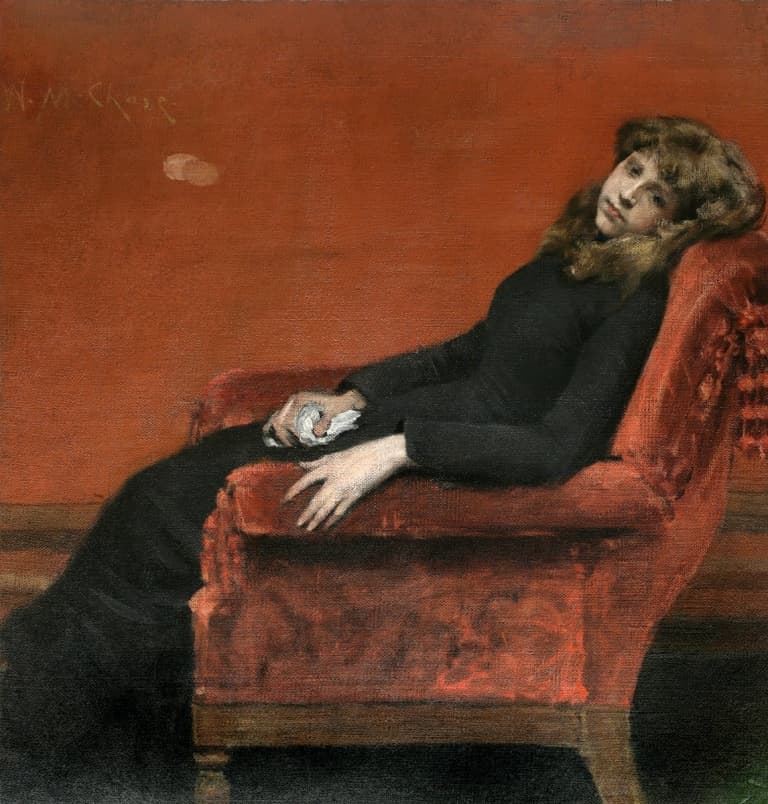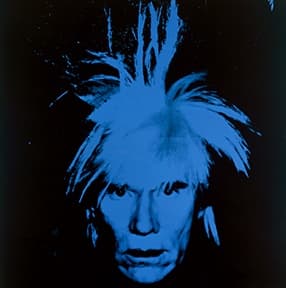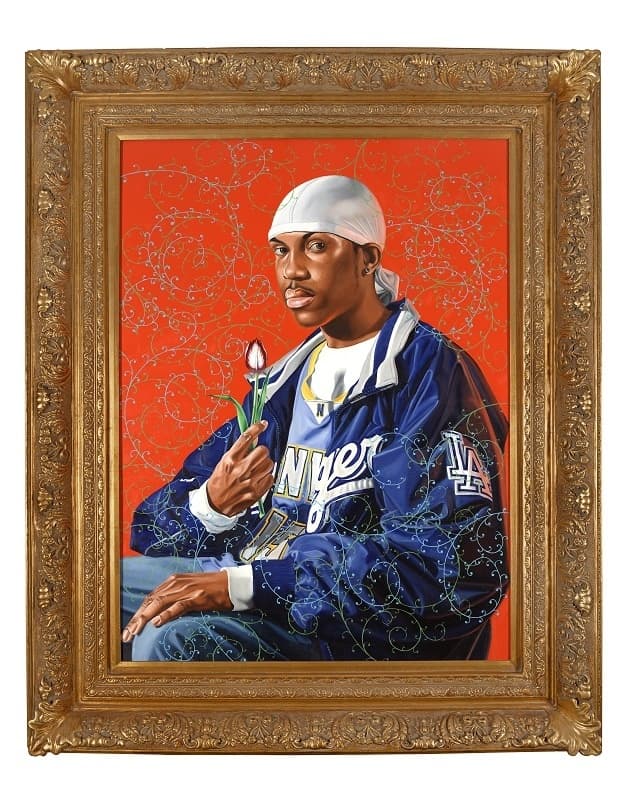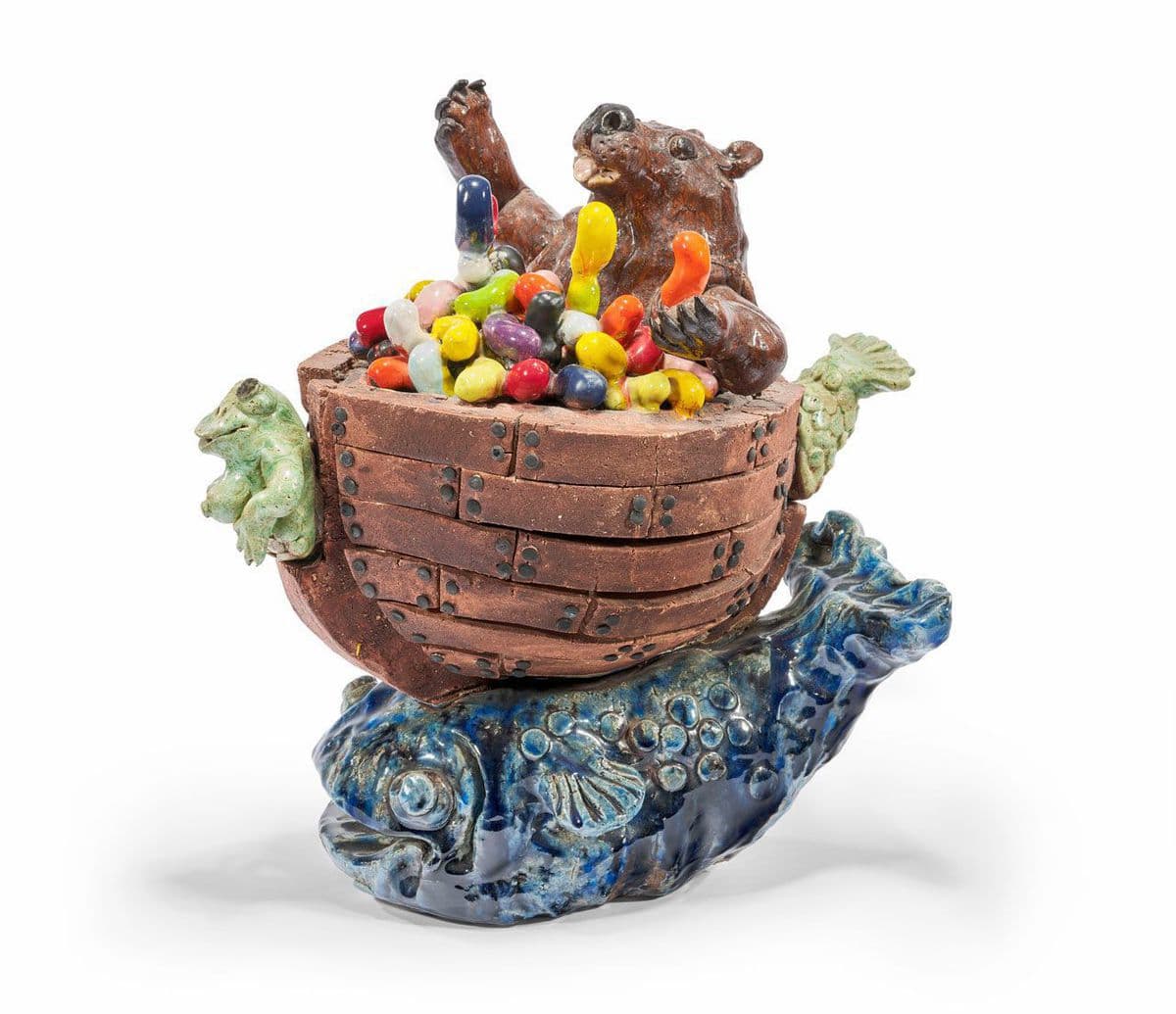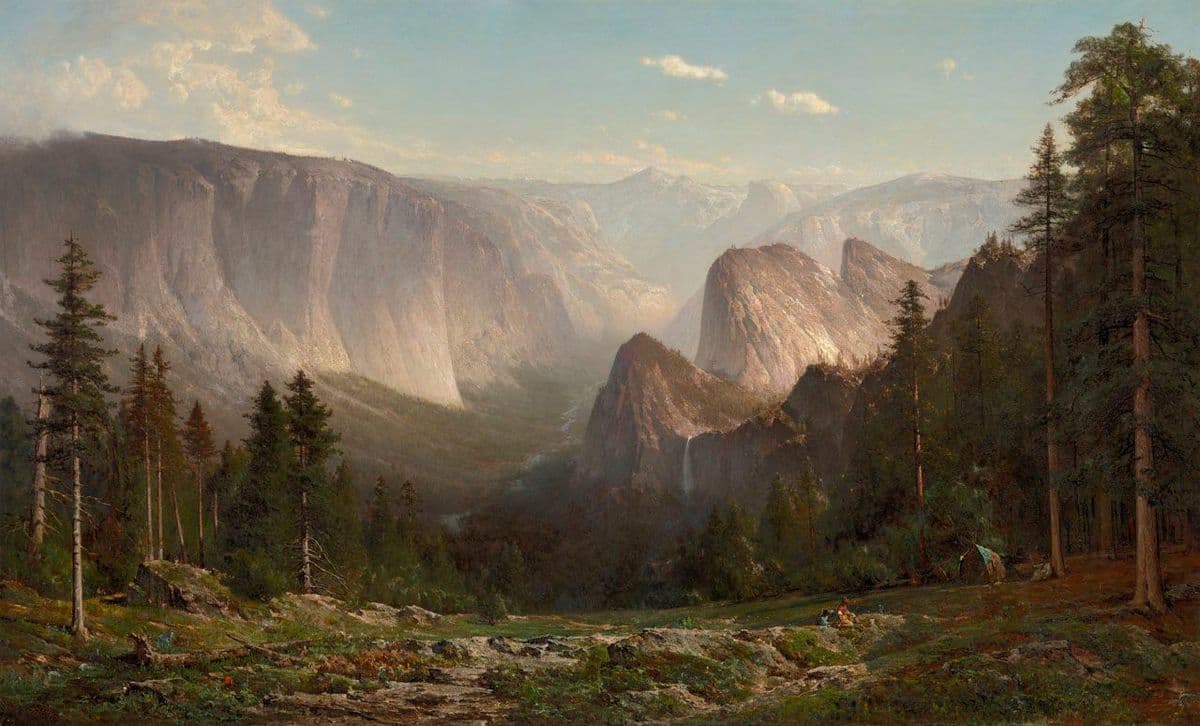Portraits
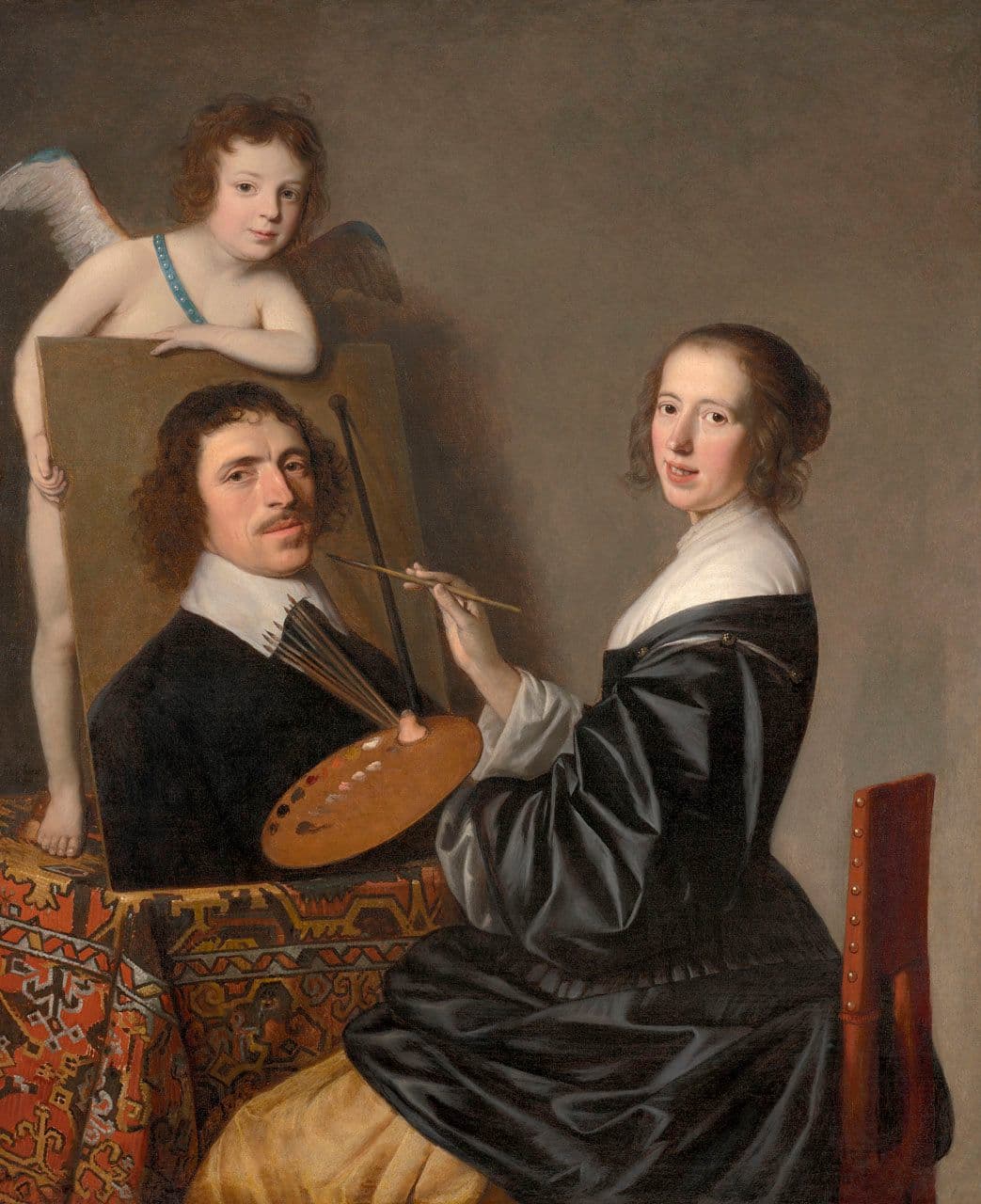
Portraits give viewers a peek into the lives of their subjects and offer a glimpse of how people wanted to be seen or remembered. By choosing the pose, expression, outfit, and setting, artists help to capture a particular time and place and remind us of the many ways we can present our identity.
Right: Gerrit van Honthorst (Dutch 1590–1656), Allegory of Painting, 1648, Oil on canvas. Crocker Art Museum, gift of Suzanne Nady in memory of her parents, Jeanne and Joseph Falk, 1998.10.
The Role of the Portrait
Many artists use portraits to capture the individuality and power of their subjects, giving viewers a sense of their characters, tastes, and social status. Through details in clothing and settings, portraits also reflect the style and fashion of a particular time.
Portraits and Identity
Portraits also work as a way to reflect the identity of their subjects, capturing the nuances of a person’s physical features and demeanor along with clues to the subject’s personality and history.
Self Portraits
An artist can also make themselves the subject of a portrait, representing their own identity, personality, and appearance.
Explore More
Check out events, exhibitions, and articles related to this theme.



























